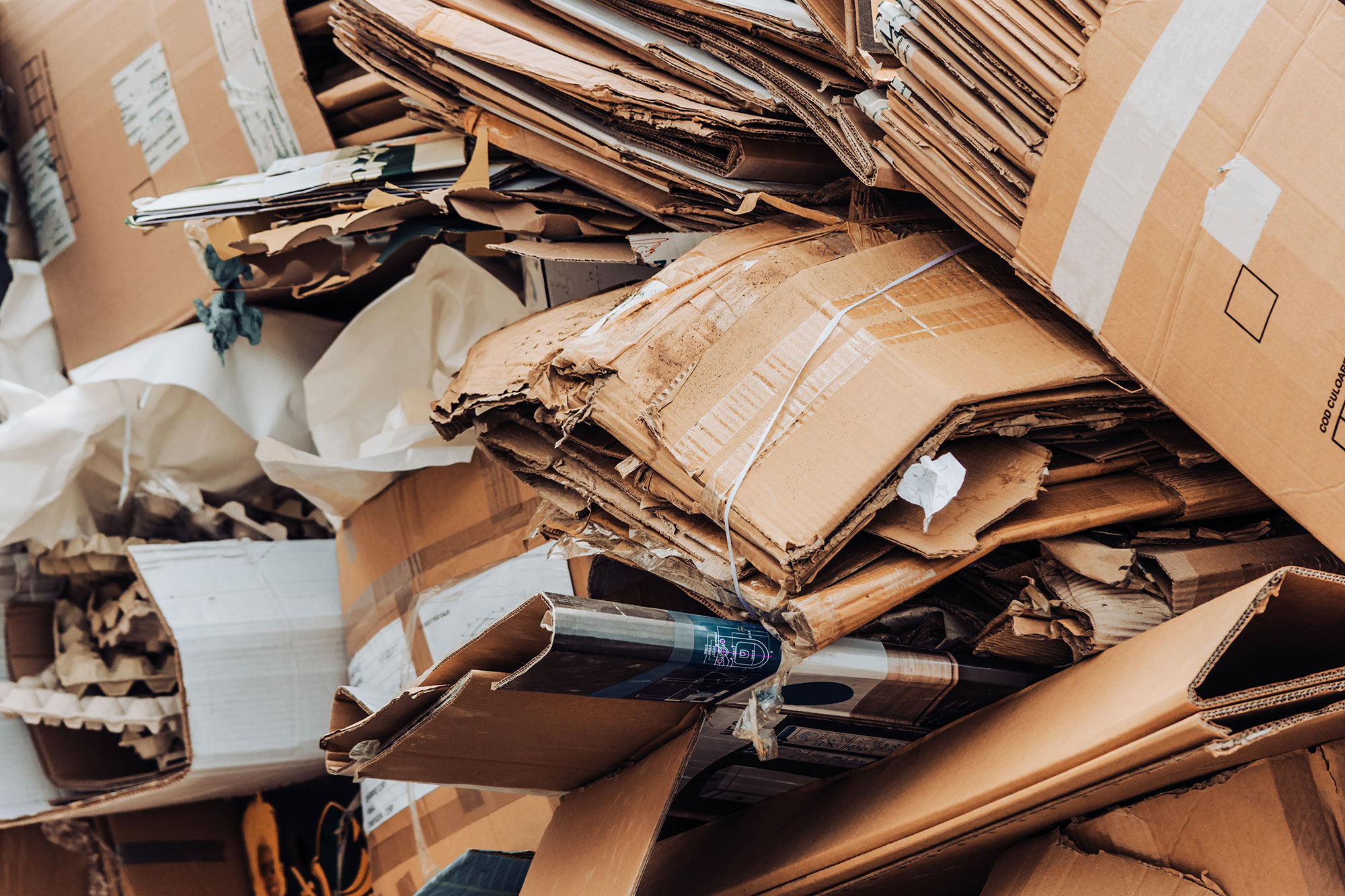Packaging waste poses global environmental concerns. In the US alone, containers and packaging are a leading cause of municipal solid waste, accounting for more than 82 million tons or about 28% of all waste generated in a year. Fortunately, efforts are being made to improve both eco-friendly initiatives surrounding packaging and waste. Sustainable packaging materials like paperboard are among the alternatives leading the charge.
Research indicates that over the next decade, consumer packaged goods (CPG) companies are expected to increase their use of certified paperboard. This includes a 34% surge in solid bleached sulphate (SBS) paperboard, a 32% rise in kraft paperboard, and a 24% increase in recycled paperboard. Even within paperboard packaging, there are further opportunities to minimize packaging waste. By optimizing mindful design, reducing excess materials, and selecting the right type of paperboard folding cartons, brands can cut down on waste while still producing functional, attractive packaging.
Why Brands Are Switching to Paperboard
As discussed, packaging materials are responsible for a substantial portion of waste. The good news is that paperboard, especially when sourced responsibly, helps combat this problem. The recycling rate for paper and paperboard packaging sits near 81%, making these materials one of the most recycled packaging solutions. Paperboard is either derived from virgin wood pulp or recycled paper products and can be recycled multiple times before pulp fibers lose their integrity. Plus, some paperboard substrates are even biodegradable, so if they aren’t recycled, they naturally break down over time.
When choosing paperboard packaging, brands should prioritize materials that are either biodegradable or recyclable and made from recycled content. Many paperboard manufacturers also focus on sustainable sourcing to ensure virgin wood fiber used to produce paperboard comes from responsibly managed forests. Certifications like FSC® (Forest Stewardship Council) and SFI® (Sustainable Forestry Initiative) attest to these sustainable practices.
Strategies to Reduce Paperboard Packaging Waste
Paperboard may be far more sustainable and better for the environment than other materials, but it still contributes to waste as a whole. There are still ways to limit waste from paperboard packaging. This process requires careful consideration at every stage of design and production.
Avoid Overpackaging
Overpackaging is a common issue. For example, think about how often you’ve bought a small product packaged in a large box. Not only does this waste materials, but it also increases shipping costs and storage space. By accurately determining the ideal packaging size based on factors like dimensions and fragility, businesses can avoid unnecessary material waste.
Reduce Packaging Components
This goes hand in hand with overpackaging. Packaging sometimes includes several smaller components inside the main carton or box, such as inserts, filler material, or plastic wrappers. These elements add up and undoubtedly end up in the trash. Trying to eliminate as many of these pieces as possible directly affects waste. For example, rearranging the way products are placed in boxes can maximize space.
Design Multiple-Use Packaging
One of the most innovative ways to reduce paperboard waste is by intentionally designed packaging to serve a secondary purpose once the product is unpacked. There are several different ways brands can accomplish this. Larger boxes can be repurposed as storage containers or stackable bins, while smaller boxes can be transformed into DIY projects. Incorporating perforations, pre-scored lines in packaging, or even secondary use instructions can prompt customers to rethink discarding in favor of other uses.
Find Your Paperboard Solution With MOD-PAC
MOD-PAC ensures all of our products meet high environmental and sustainability standards. That’s why we carry an FSC® Chain of Custody Certificate, SFI® Certified Sourcing Certificate of Registration, and SFI® Chain of Custody Certificate of Registration. Want to learn more about paperboard and see if it’s suitable for your product? Reach out today to speak with one of our experts.


